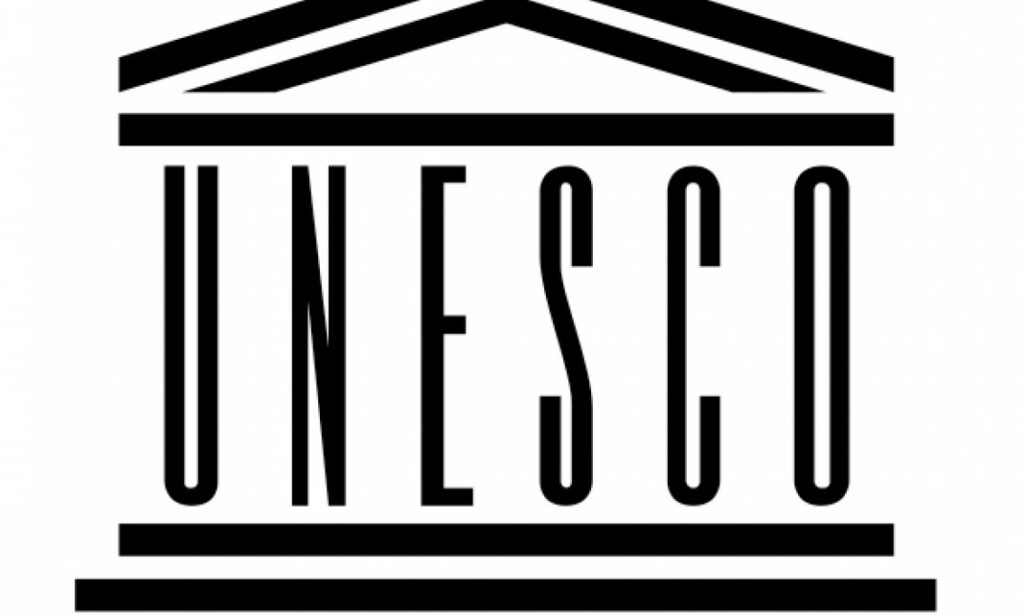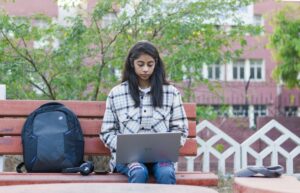7 ways nations are changing schooling : UNESCO study

7 ways nations are changing schooling : UNESCO study
A new UNESCO study shows how nations are speeding education SDG 4 development. It shows how nations transformed their education systems.
The essay discusses seven ways nations should change their education systems. Before the 2024 worldwide Education Meeting, the Transforming education towards SDG 4: Report of a worldwide survey on national activities to change education was released. The Brazilian G20 Presidency and UNESCO shared goals including inclusion, equality, and education finance during this event, which followed the G20 Education Ministers Meeting in Brazil.
1. Consider different school reform options
The poll highlights the need for a multidimensional, context-specific education reform. Recognizing that nations are at different stages of education change and implementing diverse measures to assist what they need most is crucial.
Transformative action includes incremental or small-scale improvements and broader systemic adjustments to meet new social contract learning demands. Education reform must be tailored to each nation. Countries’ priorities and economic and socio-cultural factors affect decision-making.
Three ways nations have contextualized education reform within their political, economic, and socio-cultural contexts:
Lebanon
Bangladesh
Singapore:
2. Ensure stable education financing
Prioritize and maintain financing, and implement new approaches to speed change. Without enough financing, school quality might degrade, harming many students’ futures.
Countries must expand education spending from all sources, including foreign assistance and creative funding, to reach SDG 4 commitments while using resources efficiently. Effective school finance entails minimizing inefficiencies, improving governance, and tying investments to education results to maximize impact and accountability.
Education finance examples for equal resource allocation, transparency, and sustainability:
Countries: Dominican Republic, Indonesia
3. Promote educational inclusiveness, fairness, and gender equality.
SDGs emphasize inclusion, equity, and gender equality. 4. Countries alter their education systems using these concepts when faced with obstacles.
All nations have reported education inclusion, equity, and gender equality. Refugee and displaced children and teenagers, who are at high risk of educational exclusion, face substantial hurdles. To accomplish the 2030 Sustainable Development Goals of equitable access to excellent education, inclusion needs focused tactics and structural change.
Three ways nations are promoting education inclusion, equity, and gender equality:
Bahrain Estonia
Argentina
4. Use digital revolution to alter education.
Education must undergo digital transformation, with nations improving connection, digital resources, and educator training. Many governments have committed to extending internet access and integrating digital technologies to promote fairness and inclusion, but digital content quality and platform security must be addressed. The initiative is directed by inclusion, equity, quality, and accessibility to avoid digital transformation from worsening technology access inequality.
Three ways digital change is improving education:
Countries: Uzbekistan, Andorra, Turkey
5. Invest in teachers to change education
Transforming education requires investing in teachers. This investment includes professional development, pedagogical skills, digital technologies, and revised curriculum for instructors.
Teachers, the backbone of educational reform, require structural assistance to solve the worldwide shortage and satisfy changing educational expectations. Improvements in working conditions, professional autonomy, and training are needed to make teaching more appealing and sustainable, and many nations are currently taking these steps.
Three nations that emphasize instructional investments:
Mauritius, Kyrgyzstan, France
6. Take a comprehensive, lifelong approach to education to improve individual and community well-being.
Education needs a holistic approach to rethinking curriculum, instructional techniques, and lifelong learning. Educational strategies to foster different knowledge via interdisciplinary and multicultural viewpoints are key to this shift. Environmental sustainability and socio-emotional skills are integrated into the curriculum to prepare students for future difficulties.
Digital technologies for individualized learning, creative educational practices, and critical thinking, creativity, and problem-solving are also emphasised. Education may bridge the gap between old techniques and future requirements by encouraging independent and lifelong learning.
Three ways nations are reforming education holistically and lifelong:
Zambia
In Jordan and Oman
7. Work with stakeholders, particularly students, to genuinely change education.
Many nations are recognizing the significance of integrating youth participation into their governance frameworks to incorporate their voices in education transformation policies and decisions.
Real youth participation is inclusive, rights-based, and responsible. It gives kids and students accurate information, opportunity to voice their opinions, encouragement to achieve, and active participation in decision-making. These techniques increase the likelihood that people most affected by education would accept change by promoting a feeling of ownership.
Three ways nations include adolescents in decision-making:
Albania
Sierra Leone
Lithuania
Global study on national education transformation initiatives goes beyond showing exemplary practices and transformational efforts. It encourages country cooperation and collaborative action. Sharing and learning from one other’s accomplishments and problems helps nations reach SDG 4 by 2030.




